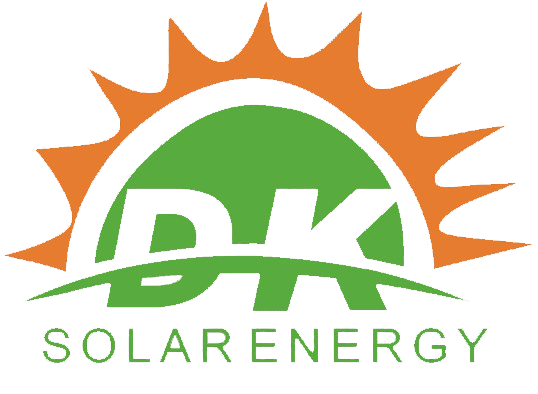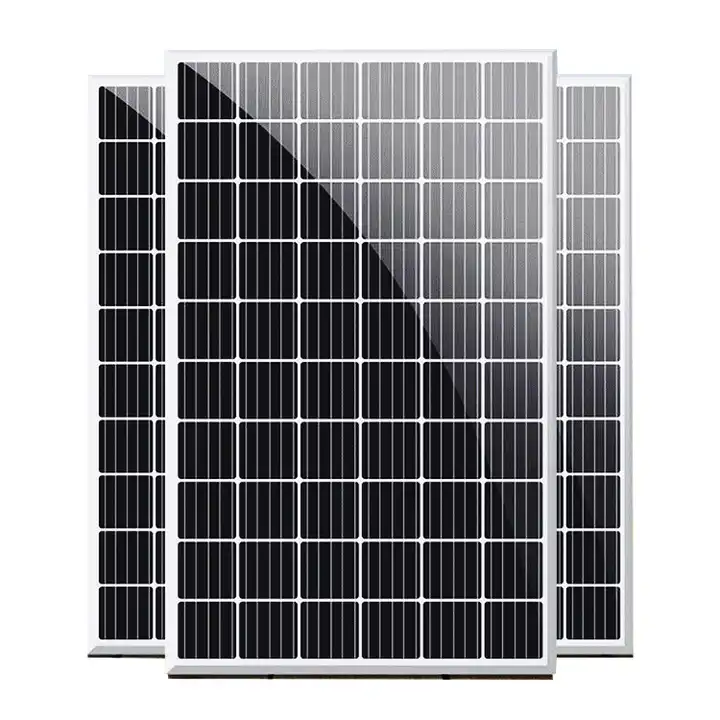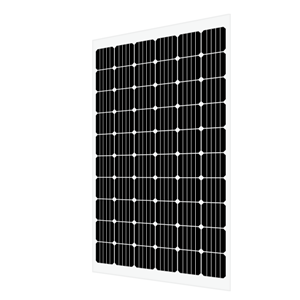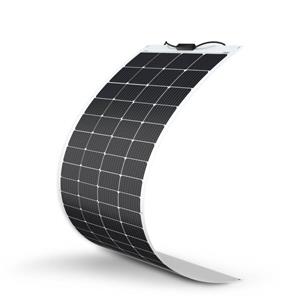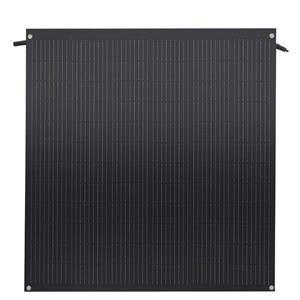What’s the solar panel manufacturing process?
At present, the automation degree of the new photovoltaic module production line in China is relatively high. The specific production process of the module includes: laser slicing, cells welding, stacking, lamination, framing, curing, cleaning, IV&EL testing and other links, and finally packaging into the warehouse, into the market.
1. Laser sectioning:
The traditional slicing technology uses a laser to melt the surface of the silicon wafer at a high temperature of more than 1500℃, and after cutting a certain depth, it will be broken by mechanical stress. There will be fine cracks on the cutting surface, which will eventually affect the mechanical degree of the battery wafer. The professional component factory adopts the industry-leading non-destructive cutting technology, using low temperature laser technology, combined with the principle of thermal expansion and cold contraction, the silicon wafer is separated by thermal stress naturally, and the cutting surface will not produce any microcracks. The mechanical strength of the cut cell is equivalent to the strength of the uncut overall cell, which is much higher than the traditional cutting cell.
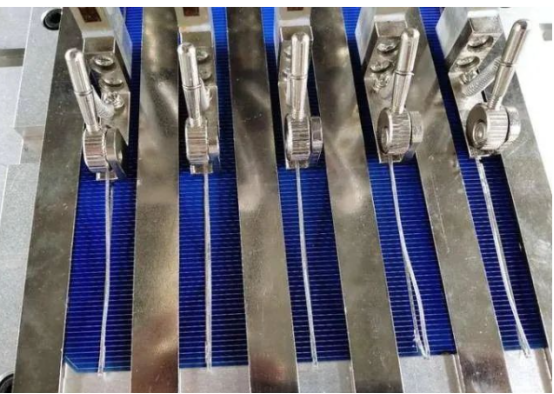
2. Cells welding:
According to the requirements, the cells piece is blown apart and placed on the transmission belt after detection and rectification, and the cells piece and the welding belt are welded into a string by using infrared contact welding.
3. Stacking:
The lamination process mainly connects the cells string to the circuit, and shields the solar cells with glass, EVA film and back sheet.
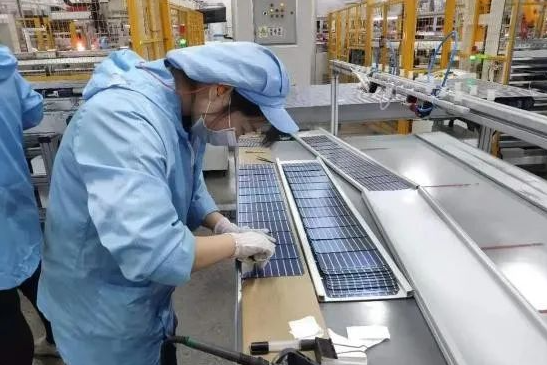
4.Lamination:
The lamination process is to put the laid laminated parts into the laminating machine. After EVA melts under certain conditions, it will be bonded with the cell, glass and back plate.
5.Framing (including junction box installation)
The frame is mainly sealed with aluminum frame to protect the edges of the components and facilitate installation. The current automatic gluing machine can achieve uniform gluing, and automatically move the load to the grasping position of the manipulator. After gluing, the test is divided into three sections, no bubbles, broken glue, thread, etc. Automatic framing machine adopts multi servo motor + ball screw, high precision, high rigidity, large adjustment range; Multi-vacuum sucker adsorption method, laminate parts leveling, even overflow glue.
6.IV and EL test:
IV Test: The power of the component was tested under STC standard test conditions (temperature 25℃, light intensity 1000W/㎡, AM1.5). Measuring the string open circuit voltage (Voc) and short circuit current (Isc) as well as the polarity, maximum power point voltage (Vmpp), current (Impp) and peak power (Pmax) measurements, PV module/string filling factor FF measurement.
The tester will deliver the equivalent of 1000W/m2 irradiance, 25°C cell temperature and an air mass of 1.5g.
EL test: According to the characteristics of the composite photon released by semiconductor radiation, a forward voltage is applied to the component to inject the non-equilibrium carrier, and the photon released by the non-equilibrium carrier radiation is received through the photon detector. The higher the non-equilibrium carrier concentration is (normal area), the more photons are released, the brighter the EL display image is, and the lower the non-equilibrium carrier concentration is (defect area), the less photons are released. The darker the EL image, the battery defect inside the component can be reflected through the light and dark relationship of the image.
